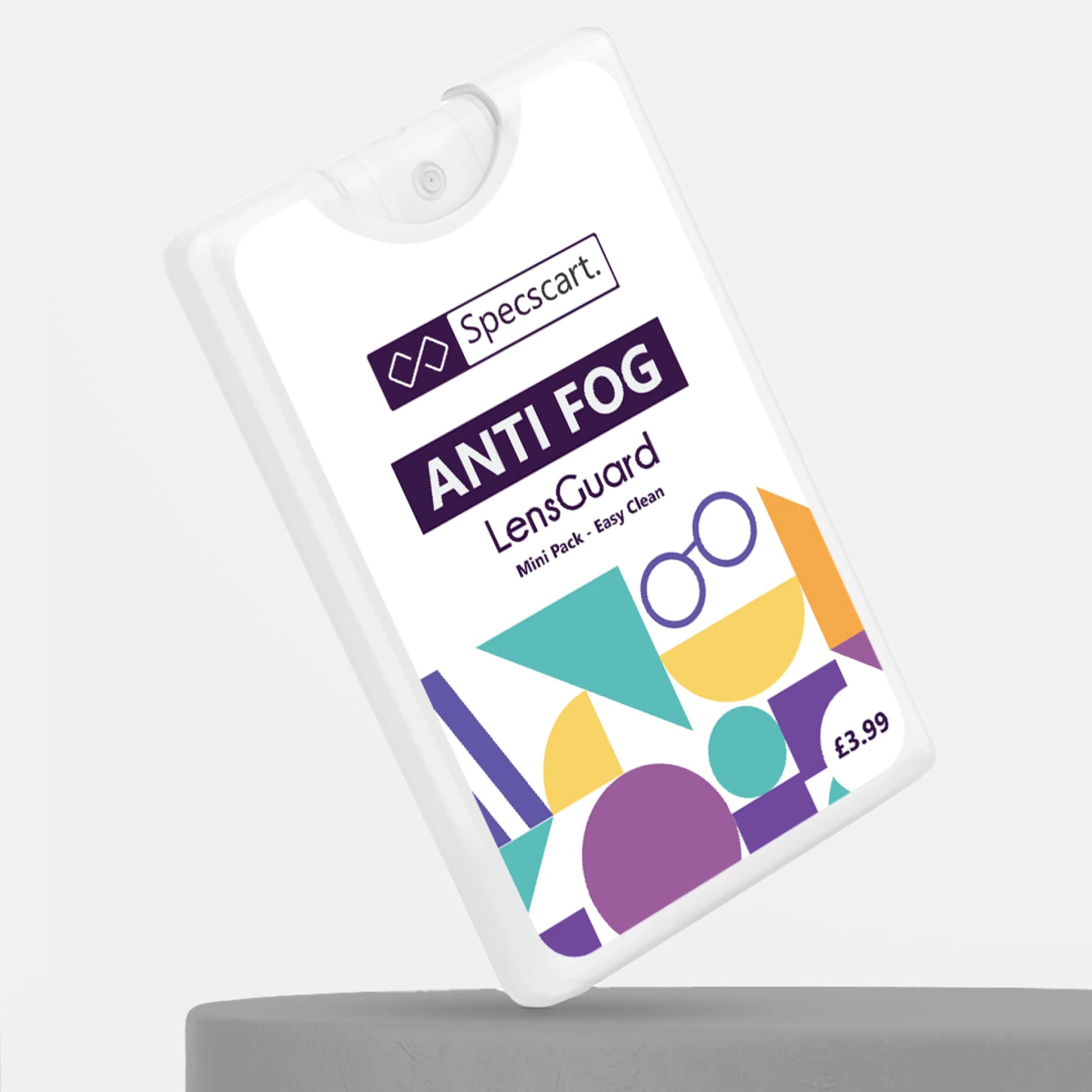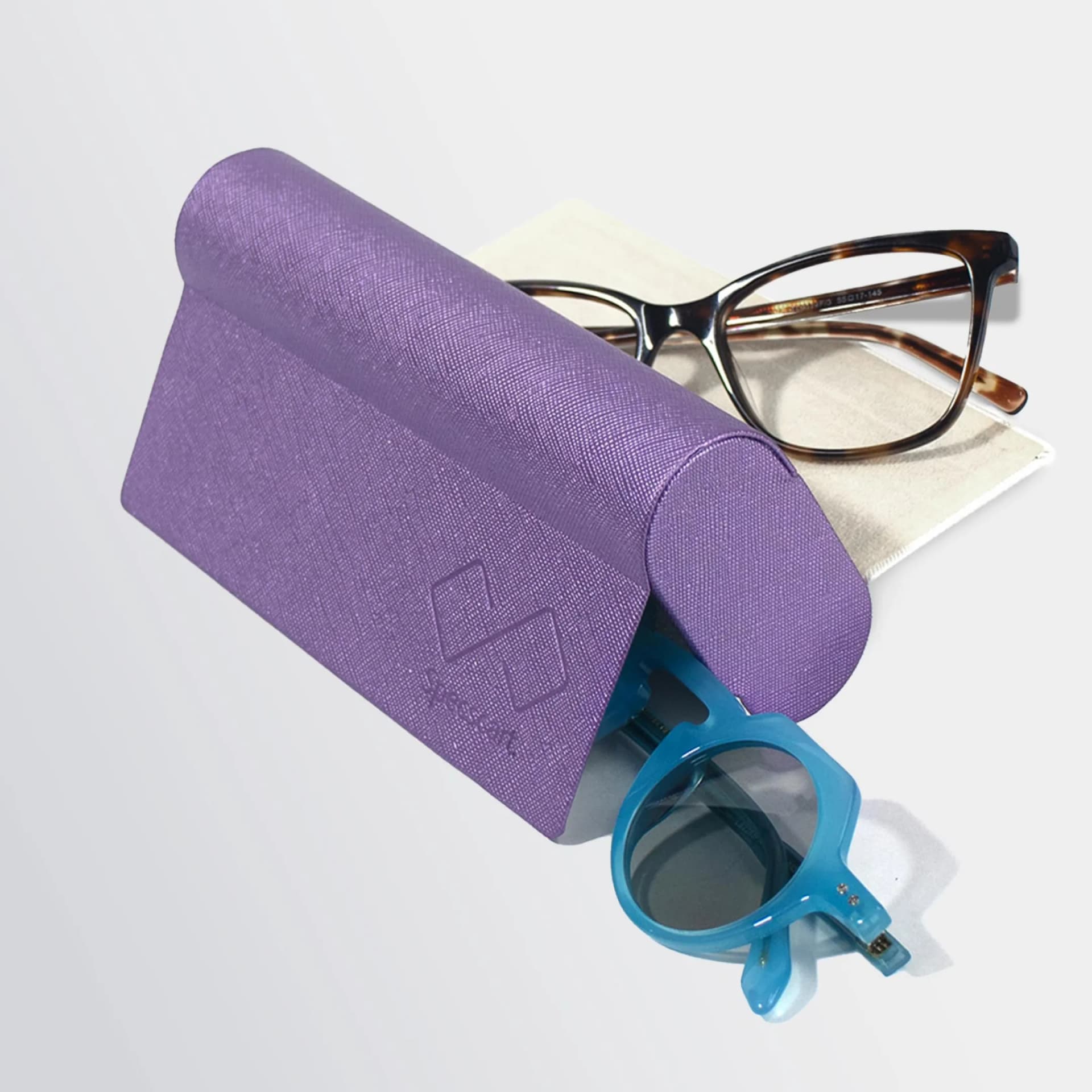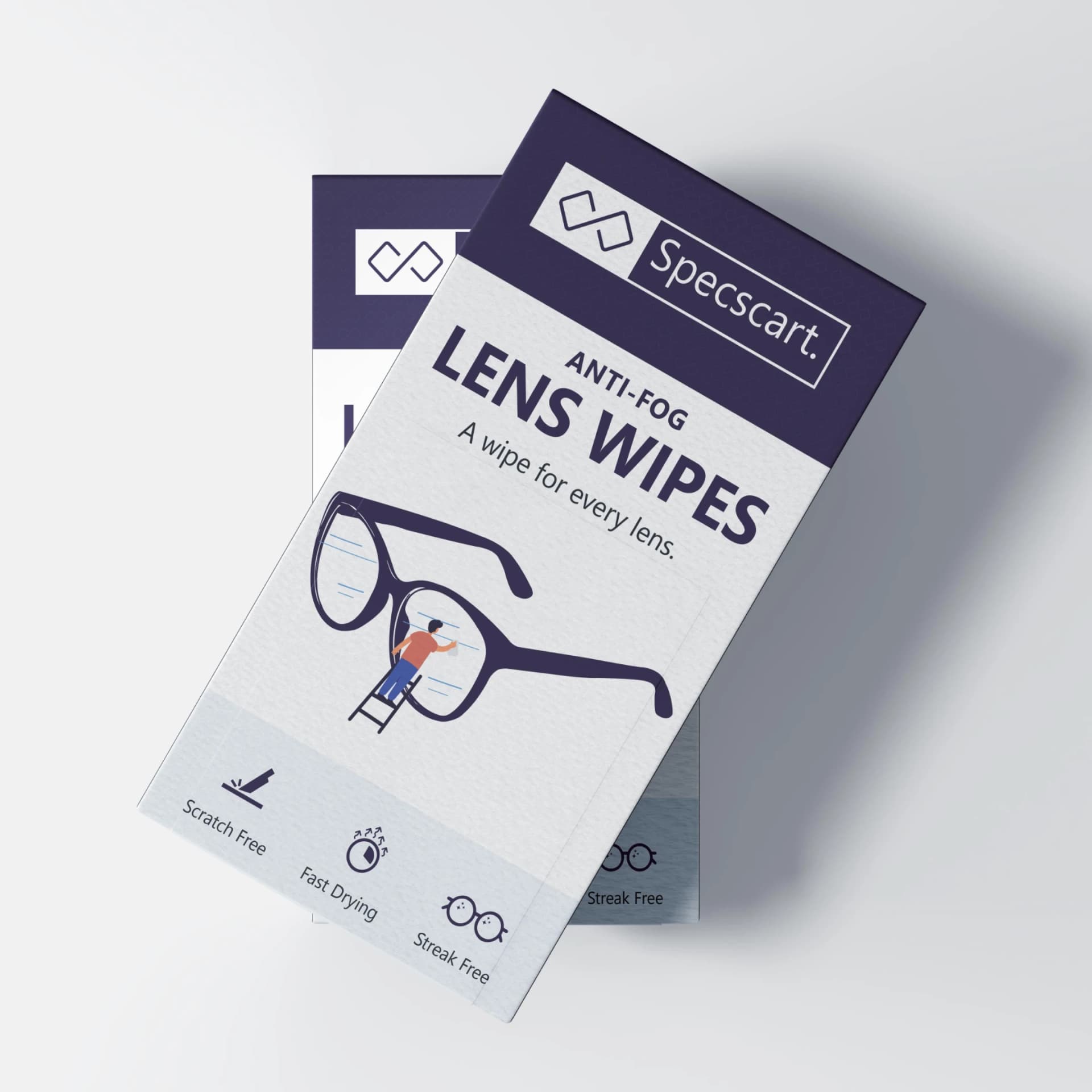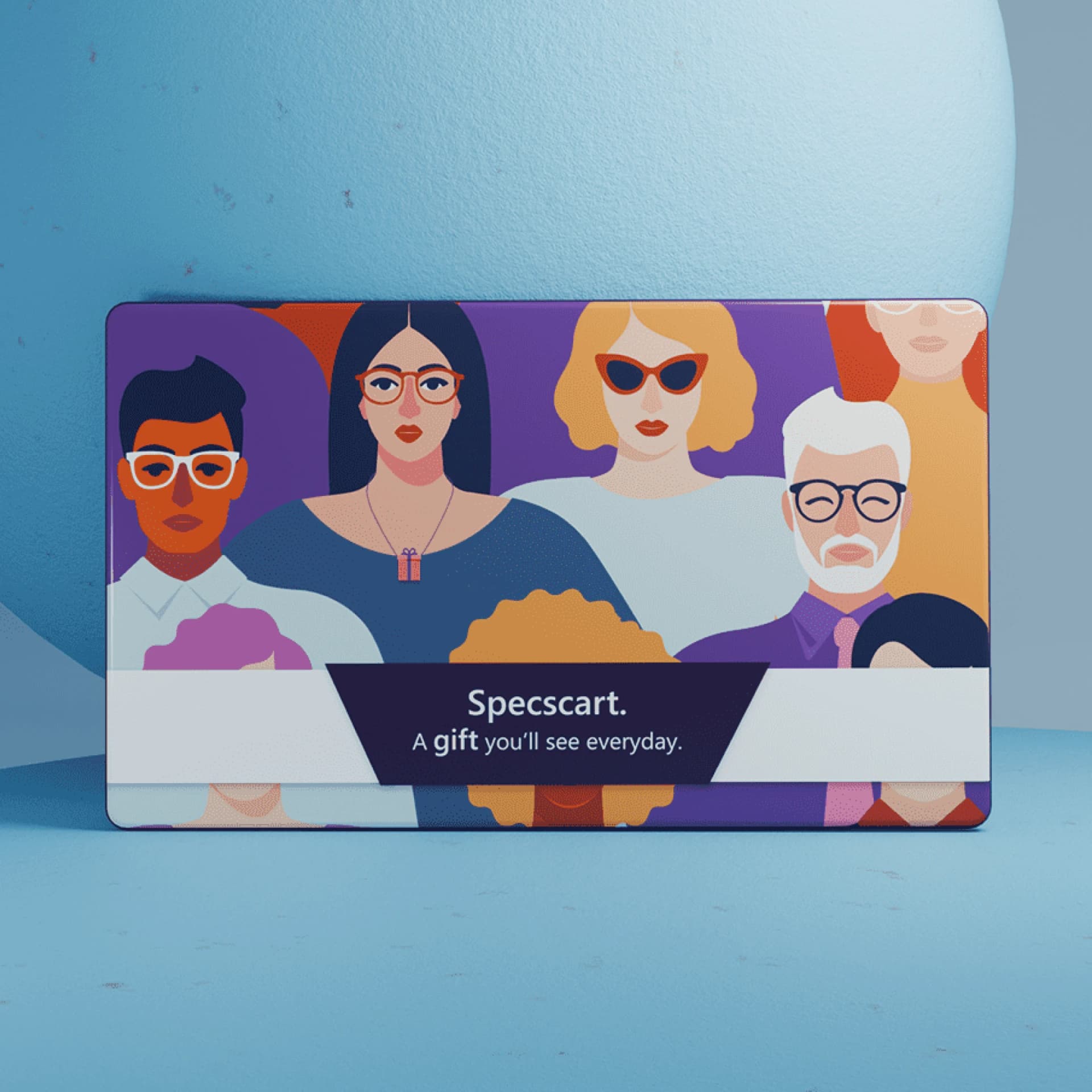1
What is the difference between single-vision and multifocal prescriptions?
Single-vision prescriptions correct either distance or near vision, while multifocal prescriptions (such as bifocals or progressives) correct both distance and near vision.
2
How do I read my prescription?
Your prescription includes measurements for sphere (SPH), cylinder (CYL), and axis for each eye. It may also include additional information for bifocals or progressive lenses.
3
What do I do if I don't have my prescription?
If you don’t have your prescription, you can visit an optician for an eye exam or contact your previous eye care provider for a copy.
4
Can I use an old prescription to order glasses?
Yes, you can use an old prescription as long as it is not expired. Most prescriptions are valid for one to two years, depending on local regulations.
5
How often should I get my eyes tested?
It is generally recommended to get your eyes tested every two years, but this may vary based on your individual vision needs and health conditions.
6
What should I do if my prescription changes?
If your prescription changes, you should update your glasses accordingly. You can place a new order with your updated prescription or get your current glasses reglazed.
7
How do I care for my glasses?
To care for your glasses, clean them regularly with the cleaning cloth and cleaning solution provided along with your order, avoid placing them face down, and store them in a protective case when not in use.



























